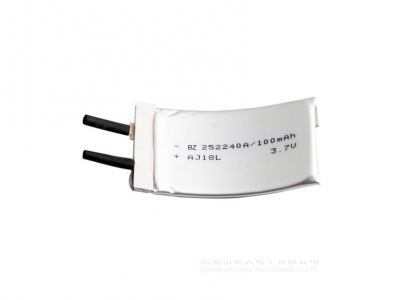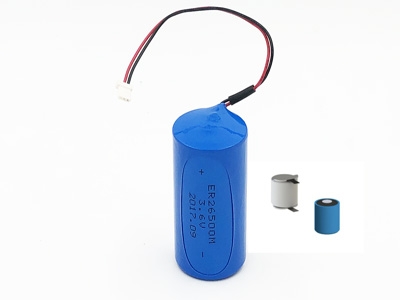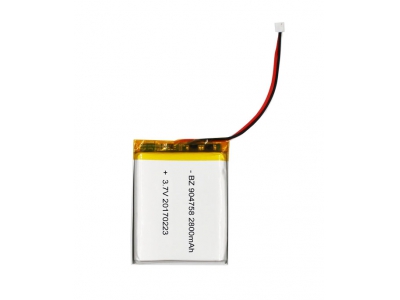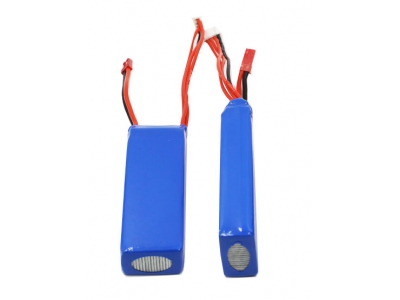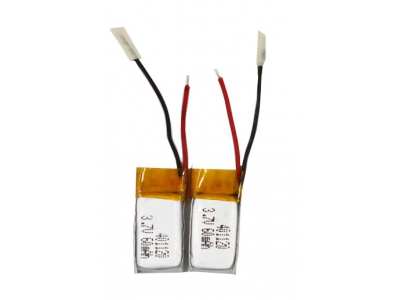Lithium Ion Battery and Lithium Polymer Battery. What is the Difference
Did you ever think about why your phone works at all? Probably not. But, if you think about it, all portable gadgets rely on a battery to keep ticking – and some have better battery life than others. That’s why we’re going to take a peek at what keeps your phone ticking and why some batteries do better than others.
Lithium-Ion Battery
Lithium-Ion Batteries began their development in 1912. However, they did not become popular until they were adopted by Sony in 1991. Lithium Ion Batteries have high energy-densities and cost less than lithium-polymer batteries. In addition, they do not require priming when first used and have a low self-discharge. However, lithium-ion batteries do suffer from aging – even when not in use.
|
Type |
Secondary |
|
Chemical Reaction |
Varies, depending on electrolyte. |
|
Operating Temperature |
4º F to 140º F ( -20º C to 60º C) |
|
Recommended for |
Cellular telephones, mobile computing devices. |
|
Initial Voltage |
3.6 & 7.2 |
|
Capacity |
Varies (generally up to twice the capacity of a Ni-Cd cellular battery) |
|
Discharge Rate |
Flat |
|
Recharge Life |
300 – 400 cycles for 100% |
|
Charging Temperature |
32º F to 140º F (0º C to 60º C) |
|
Storage Life |
Loses less than 0.1% per month. |
|
Storage Temperature |
-4º F to 140º F ( -20º C to 60º C) |
|
Other Notes |
|
Lithium-Polymer Battery
Lithium-polymer batteries can be dated back to the 1970’s. Their first design included a dry solid polymer electrolyte that resembled a plastic film. Therefore, this type of battery can result in credit card thin designs while still holding relatively good battery life. In addition, lithium-polymer batteries are very lightweight and have improved safety. However, these batteries will cost more to manufacture and have a worse energy density than lithium-ion batteries.
|
Type |
Secondary |
|
Chemical Reaction |
Varies, depending on electrolyte. |
|
Operating Temperature |
Improved performance at low and high temperatures. |
|
Recommended for |
Cellular telephones, mobile computing devices. |
|
Initial Voltage |
3.6 & 7.2 |
|
Capacity |
Varies depending on the battery; superior to standard lithium-ion. |
|
Discharge Rate |
Flat |
|
Recharge Life |
300 – 400 cycles |
|
Charging Temperature |
32º F to 140º F (0º C to 60º C) |
|
Storage Life |
Loses less than 0.1% per month. |
|
Storage Temperature |
-4º F to 140º F ( -20º C to 60º C) |
|
Other Notes |
|
Although the lithium-polymer battery is sleeker and thinner, lithium-ion batteries have a higher energy density and cost less to manufacture. Therefore, we obviously know which one is chosen by companies like Samsung, Apple, Motorola, and more. Finally, with new chemicals and such being added to these batteries often, who knows which will come out on top in the long run. The only thing we do know is that this phone, will be sporting a very thin and transparent lithium-ion battery.






